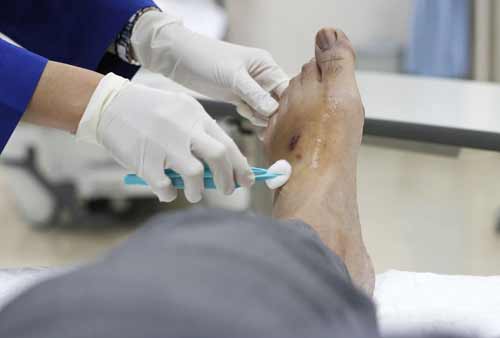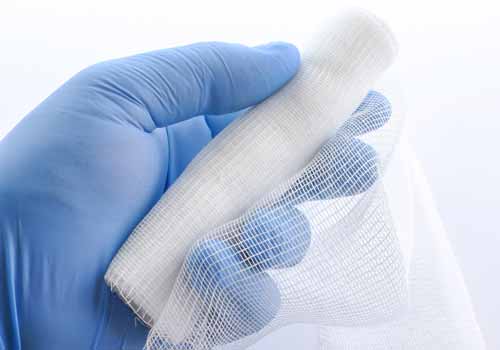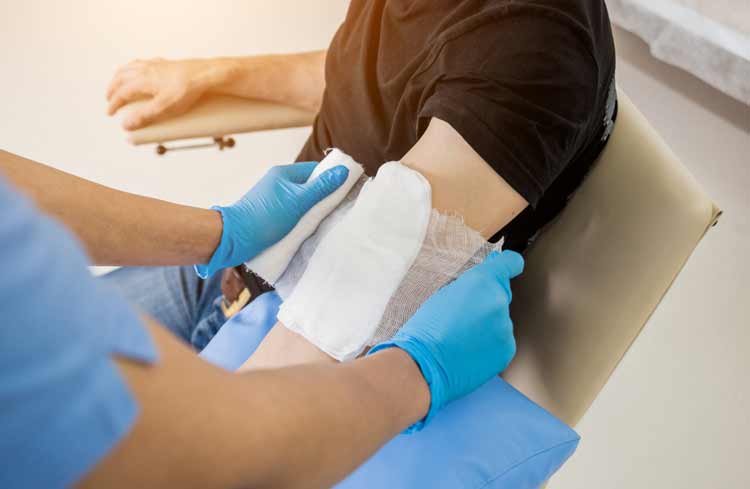The terms “dressing” and “bandages” are often used interchangeably in the medical world. However, they are not at all the same thing. Dresses keep wounds protected from dirt, germs, etc., while bandages apply to cover parts of a body to hold wounds together. The two terms are often used interchangeably in the medical world, but it’s important to know their differences when you’re talking about injuries.
What is a dressing?

A dressings’ purpose is to protect against infection or other types of injury that can come about when one has an open wound on their body; this type of dressing rarely needs stitches since it will just have contact with skin and air (or another liquid). Dressings are made of absorbent and water resistant materials. Examples include casts, bandages, gauze, cotton pads and air splints. Wounds that aren’t deep or severe receive this type of dressing to avoid infection by keeping the wound moist yet dry at the same time.
What is a bandage?

A bandage’s purpose is to secure an injury in place so it can heal properly. Some simple dressings may also be used as a part of treatments involving wounds like stitches; these will have contact with air and other liquids besides just skin. Bandages are mostly applied to minor injuries but can sometimes be given for more serious ones as well; usually they’re placed over top of another layer (like a cast or splint) which has contact with the skin. Examples of this include pressure bandages, gauze and tape.
What are some major differences between dressings and bandages?
The first difference that should be noted is that dressings can’t do much to stop bleeding; they’re a temporary way to protect an injury from infection or other types of harm while the body heals itself naturally. Bandages, however, stop bleeding, but their major goal is to hold cuts or wounds together so proper healing can take place. Most dressings don’t need stitches since they won’t have contact with air, but bandages definitely do because they’ll likely cover parts of a wound that will come into contact with air (or another liquid). And finally, some dressings are absorbent, while others have to be rinsed and replaced often.
What are the best types of bandages?
Pressure bandages come in handy when a sharp object accidentally hits a body part. This type of bandage is like an elastic wrap that applies pressure to the wound so it won’t bleed as much and instead heal quicker; they’re usually applied right after stitches have been taken out or when a cast is removed because these wounds will probably bleed more than others since there’s nothing holding them together yet. Gauze and tape are two other common examples of bandages; gauze can be placed over non bleeding cuts then taped down for support while allowing air flow into the cut itself. And finally, air splints are used as a temporary way to hold broken bones together until they heal properly. Air splints only need to be placed on the skin since air needs to go into the fracture site; this ensures that healing will take place, read here for more details.
Final Words
Dresses and bandages may sound like similar terms, but they have very different meanings. Dressings are used to protect against infection or other types of injury that can come about when one has an open wound on their body; this type of dressing rarely needs stitches since it will just have contact with skin and air (or another liquid).
